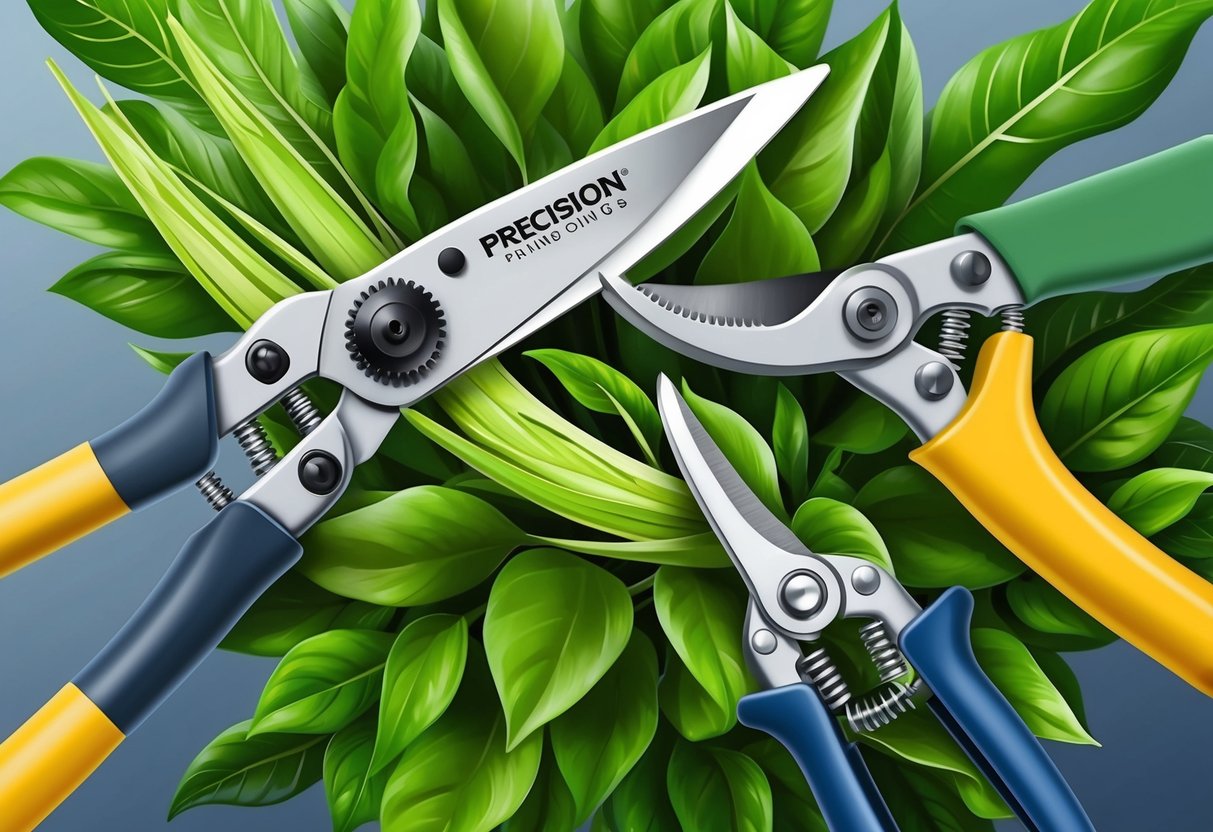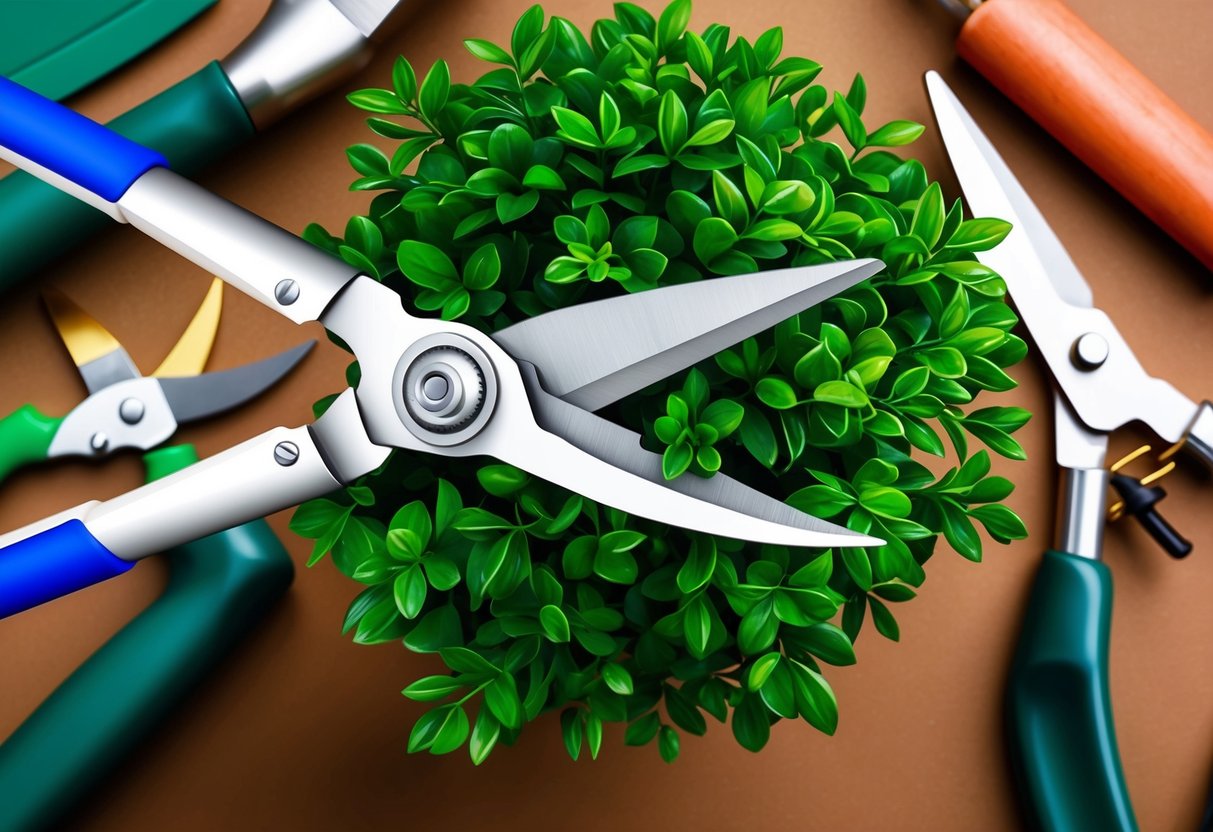
Every gardener knows that the right pruning tools can mean the difference between healthy, lush plants and a struggling garden. Using the best pruning shears, loppers, and hedge trimmers ensures clean, precise cuts that support faster healing and robust plant growth.
Whether tending delicate blooms or thick shrubs, choosing high-quality tools is essential for both accuracy and plant health.
With so many options available, it can be difficult to determine which tools are truly effective for clean cuts and easy maintenance. The choices range from classic bypass pruners and loppers to advanced electric hedge trimmers, all designed to enhance every pruning task with consistent performance.
Tools like the Felco F2 are frequently recognized among the best garden pruners for precision and reliability, making them a favorite for gardeners of all skill levels. Understanding the unique uses and advantages of each tool helps gardeners select the right equipment for their needs.
Investing in durable, ergonomic options leads to healthier plants and greater efficiency.
Understanding Pruning Tools

Pruning tools are essential for gardeners who want precise and healthy plant growth. The right tools, techniques, and clean cuts can make a significant difference in both plant appearance and overall garden health.
Types of Pruning Tools
There are several types of pruning tools, each designed for a specific cutting task. Hand pruners (also known as secateurs) are ideal for small stems and precise snips.
Loppers are built for thicker branches, providing extra leverage with their longer handles. For very tough or larger branches, pruning saws become necessary.
Hedge shears help shape and maintain formal hedges or bushes efficiently, while garden scissors can handle delicate trimming. Many gardeners also use gloves and disinfectants as part of their pruning routine.
For those seeking recommendations, some of the best garden pruners and shears are highlighted for their quality and durability at The Strategist’s list of pruning and garden shears.
How Pruning Tools Differ from Other Garden Tools
Pruning tools are distinct from general garden tools because they are specialized cutting instruments made for plant care. Unlike shovels or rakes, the primary function of pruning tools is to cut through plant tissue cleanly.
Their sharp, often bypass-style blades are engineered for minimal damage to stems and branches. Cutting tools like anvil pruners, bypass pruners, loppers, and saws feature precision-ground blades for crisp, clean cuts.
The design, including handle length and blade shape, is intended to boost accuracy and reduce plant injury. Garden tools such as hoes or forks cannot offer the same accuracy or control in making a clean cut required for healthy pruning.
Importance of Clean Cuts in Pruning
A clean cut is more than cosmetic—it directly impacts plant health. Smooth cuts heal faster, reducing entry points for pests and diseases.
Jagged or crushed stems made by dull blades or the wrong tool can lead to long-term damage or infection. Proper pruning tools are made to produce sharp, precise results.
Using disinfectants to clean blades between cuts can further minimize the spread of pathogens. Overall, prioritizing a clean cut supports healthy growth patterns, encourages robust flowering, and extends the life of shrubs and trees.
Gardeners should always select properly maintained, sharp cutting tools for pruning tasks.
Key Features for Precision Cutting
Pruning tools deliver the best results when designed to make sharp, clean cuts, stand up to repeated use, and provide comfort during long sessions. High-quality materials and construction are critical to tool longevity and effectiveness.
Sharpness and Clean Cuts
Pruning tools with sharp blades are essential for making precise, clean cuts that promote plant health. Dull blades can crush stems or branches, leading to jagged wounds that invite disease and slow healing.
Bypass pruners, which feature two curved blades, excel at clean, scissor-like cuts and are preferred for most live plant material. Sharpness relies on premium blade metals like carbon steel or high-grade stainless steel.
Tools with serrated or non-stick coatings prevent sap buildup and reduce slippage. Consistent sharpness minimizes effort and supports repeated, accurate cuts with minimal tissue damage.
Tools designed for precision, such as micro-tip or fine-blade pruners, offer superior control for delicate stems and tight spaces.
Durability and Material Quality
Durability starts with the metals used in the blades and mechanisms. Carbon steel is highly favored for its ability to hold an edge and resist bending, making it suitable for frequent cutting of thicker stems.
Stainless steel offers corrosion resistance, especially in humid or wet garden environments, ensuring a longer tool lifespan. Strong handles are often made from reinforced plastics or solid metal cores.
Look for pruners with reliable locking mechanisms and replaceable blades to extend useful life. Premium brands often use coated blades to boost resistance to sap and rust.
Investing in pruning tools like these means fewer replacements and less maintenance spent sharpening or fixing bent components.
Ergonomic Design and Comfort
Ergonomic design in pruning tools is vital for reducing fatigue, hand strain, and repetitive motion injuries during extended use. Well-contoured handles that fit the hand’s shape make squeezing easier and deliver better control.
Many high-quality tools feature non-slip rubberized grips for extra comfort especially when hands are wet or sweaty. Spring-loaded designs allow for automatic blade reopening, minimizing hand effort after each cut.
Adjustable handles and latches can accommodate different hand sizes and left or right-handed users. Lightweight construction also plays a key role, as heavy tools tire hands and wrists faster.
When ergonomic features are prioritized, gardeners can prune for longer without discomfort, maintaining accuracy and safety throughout the task.